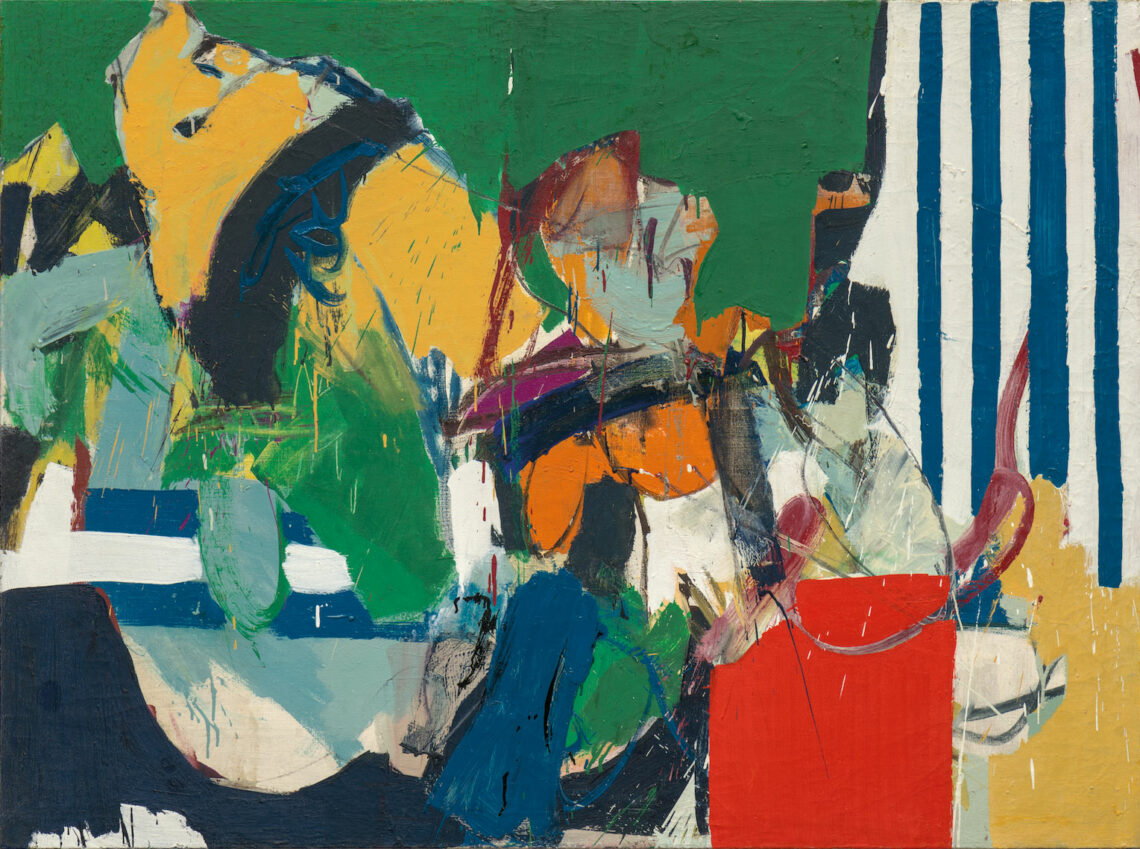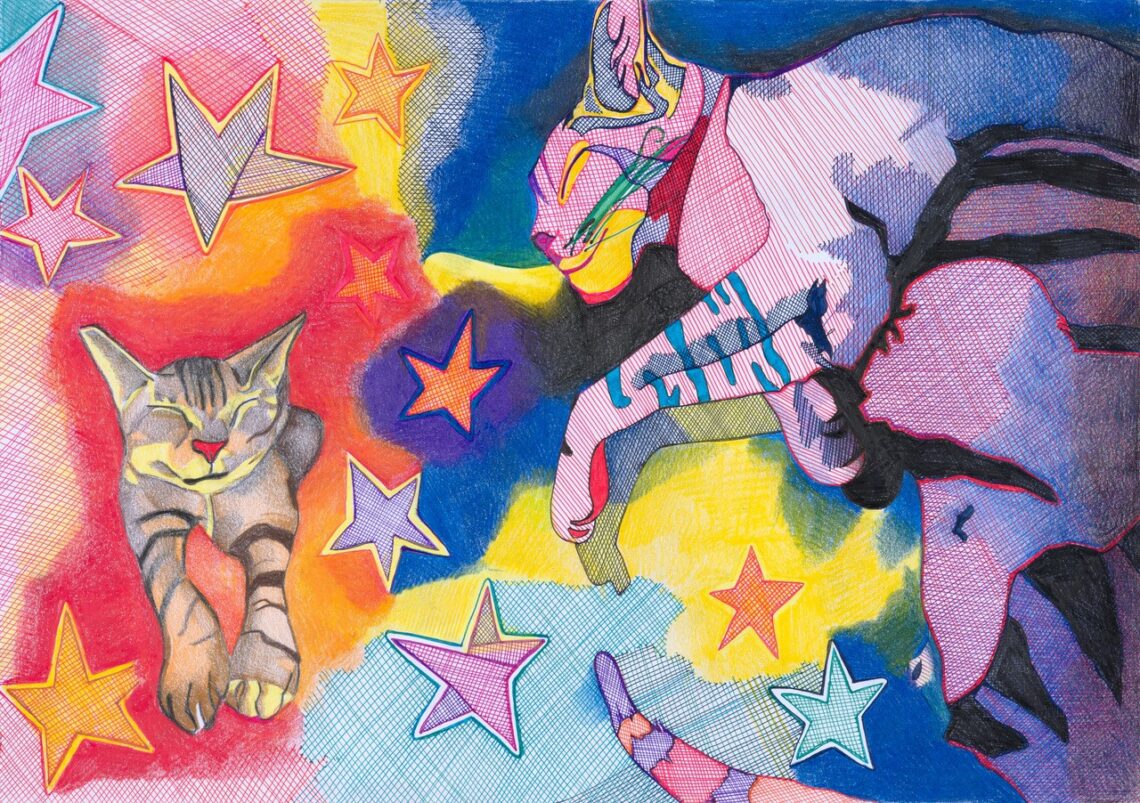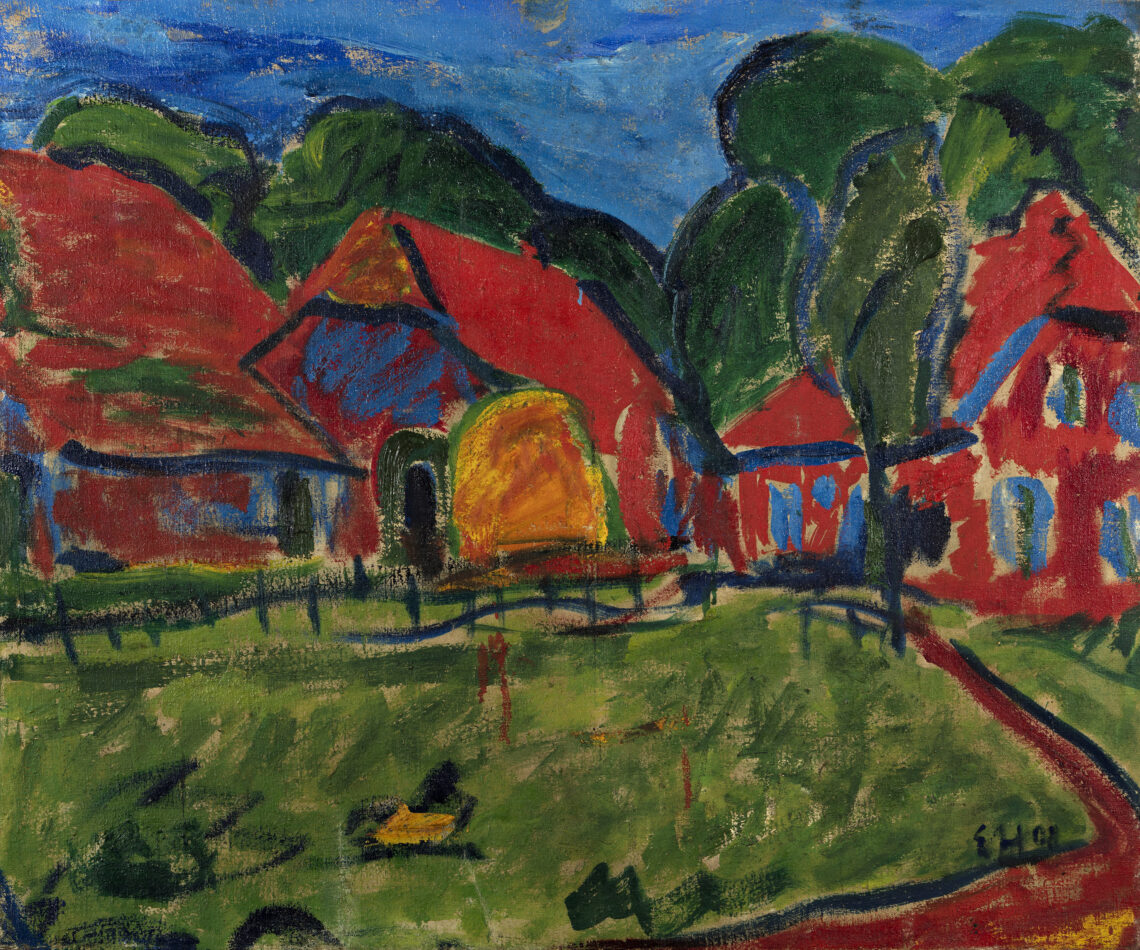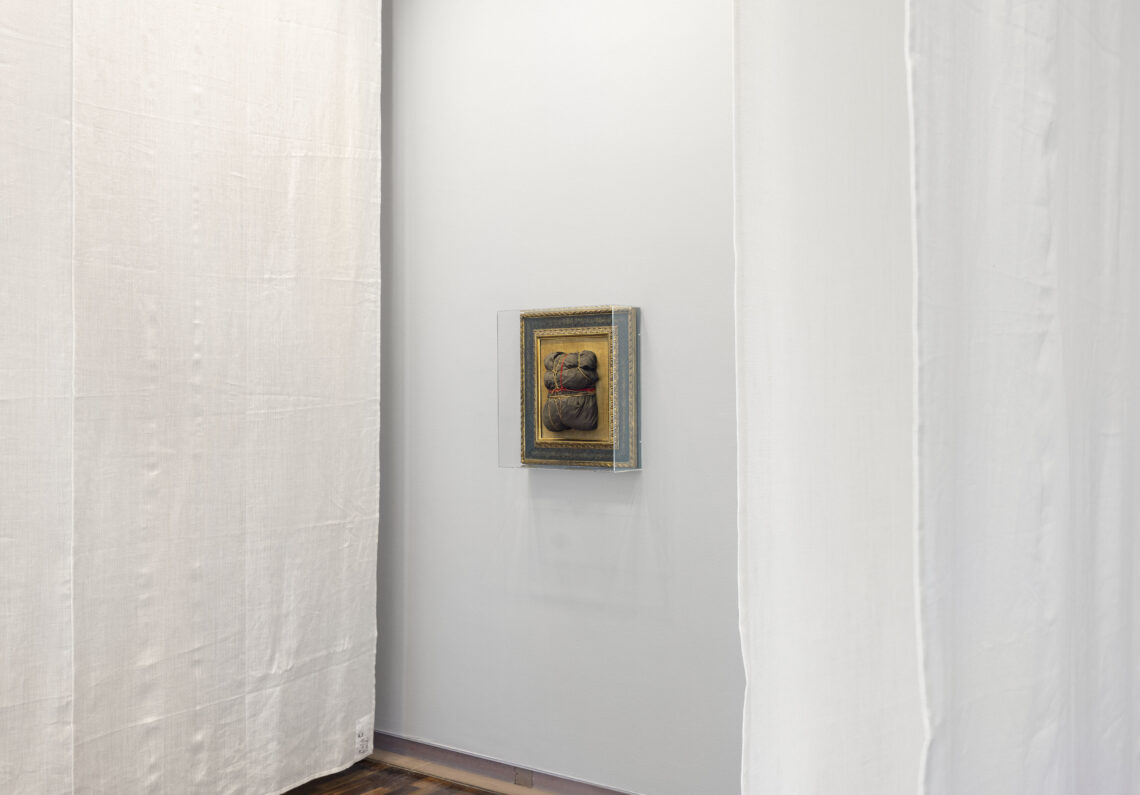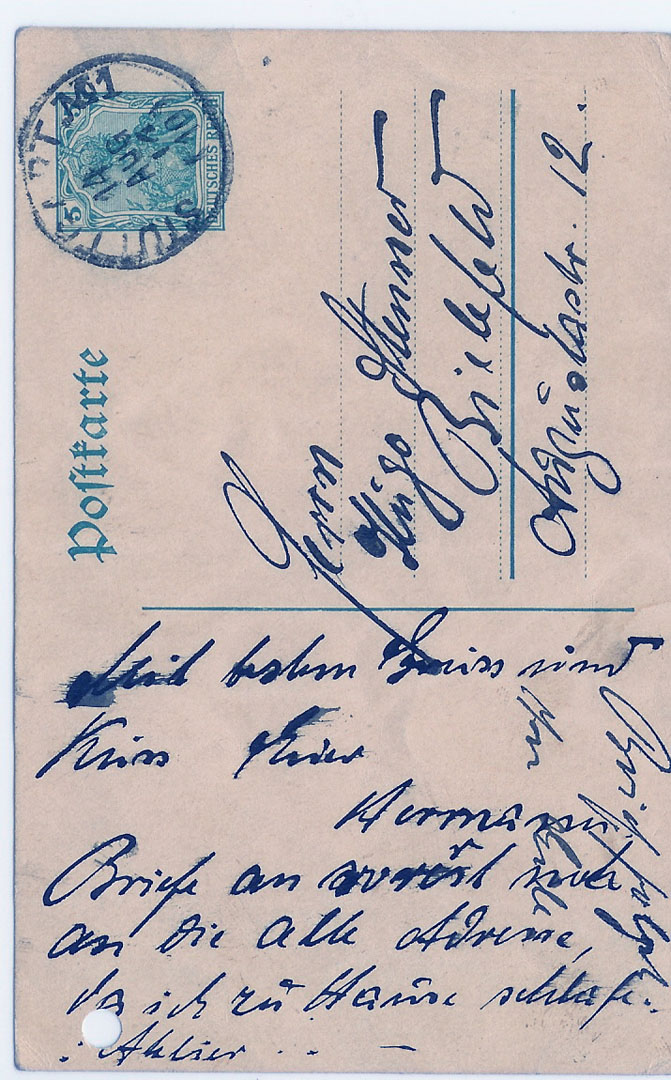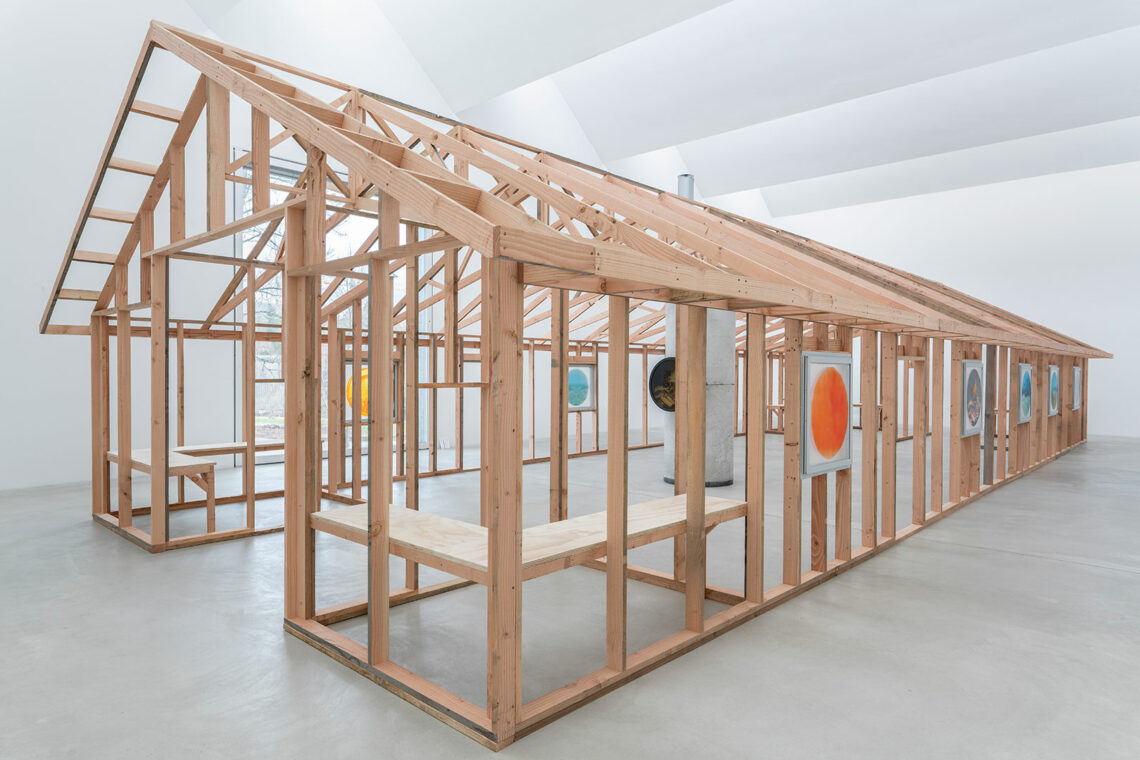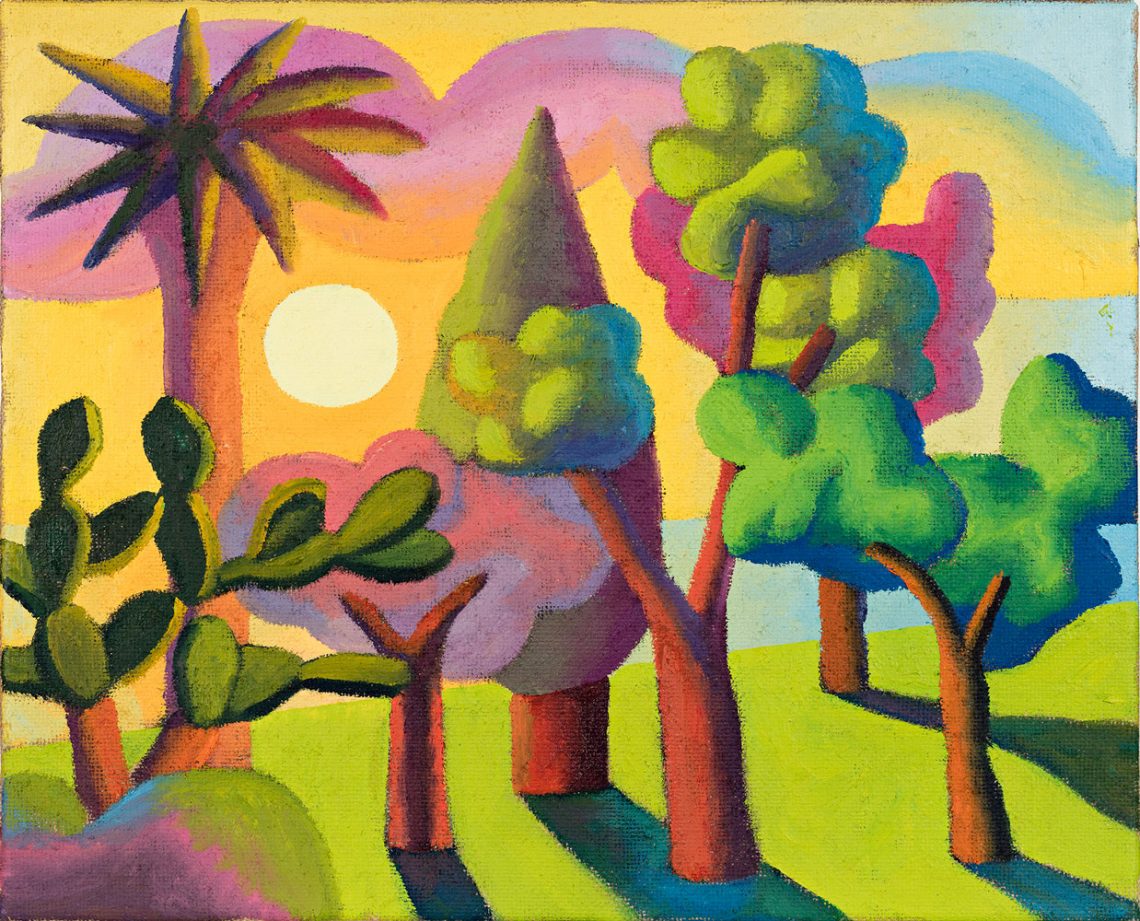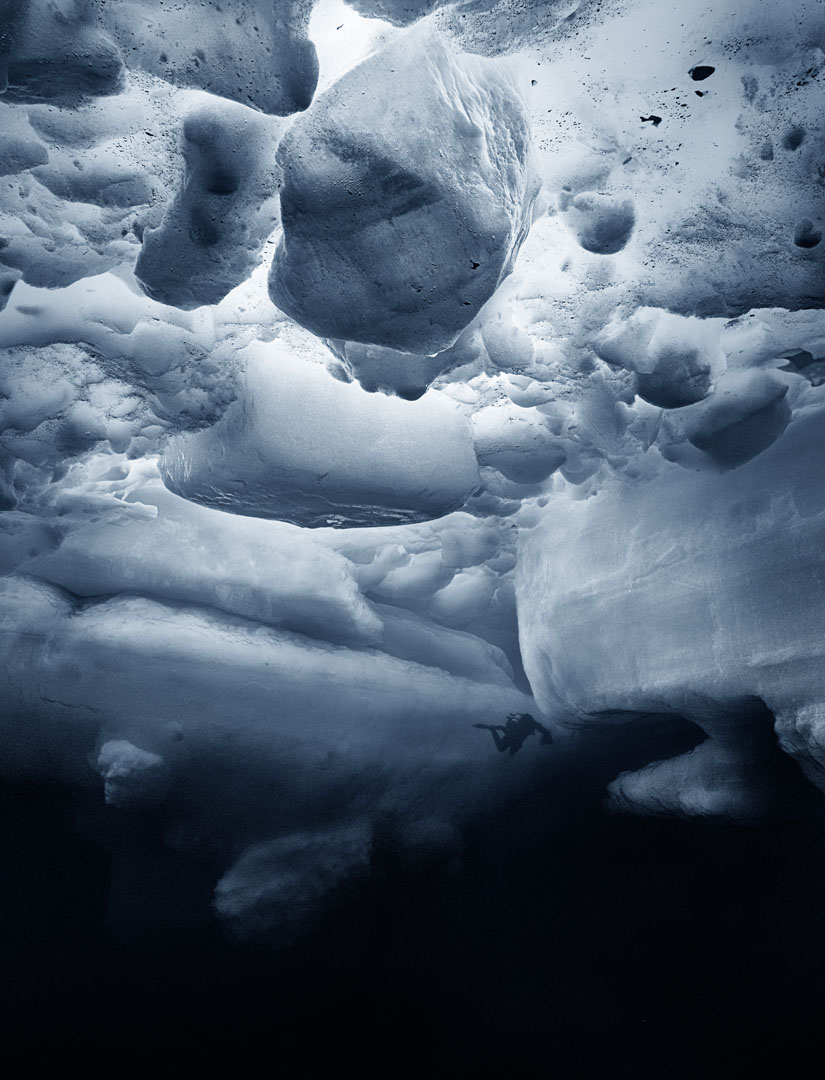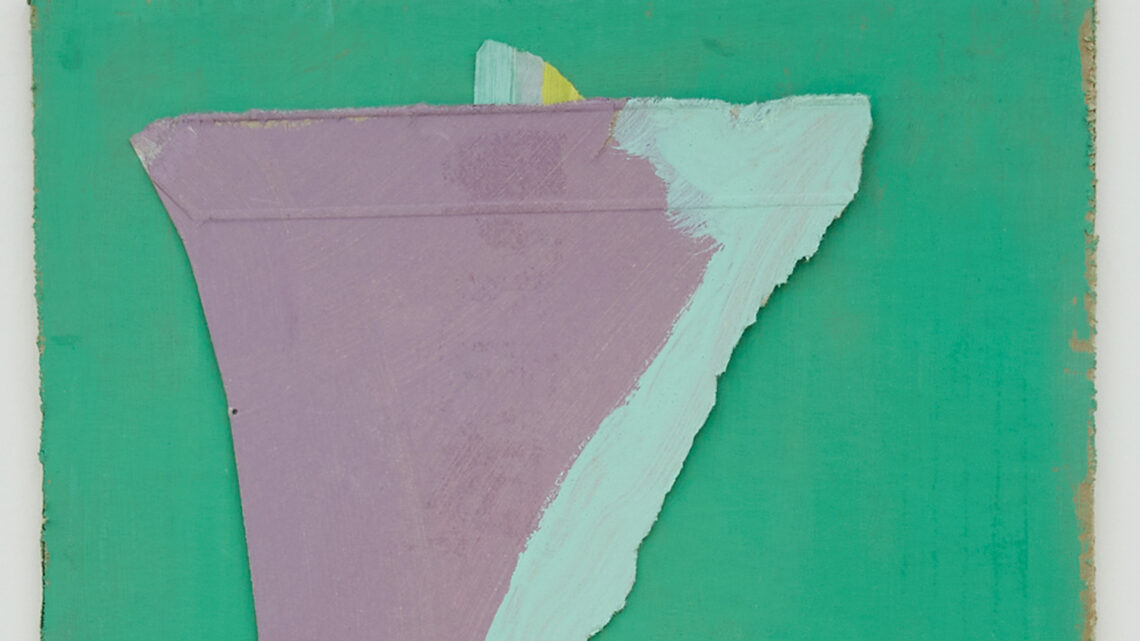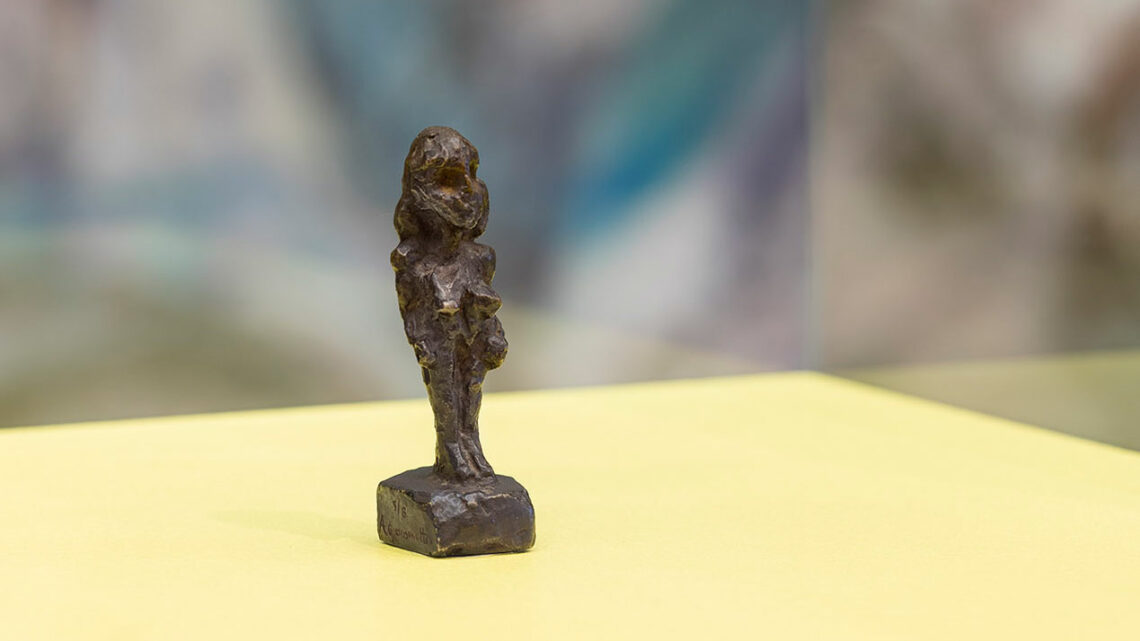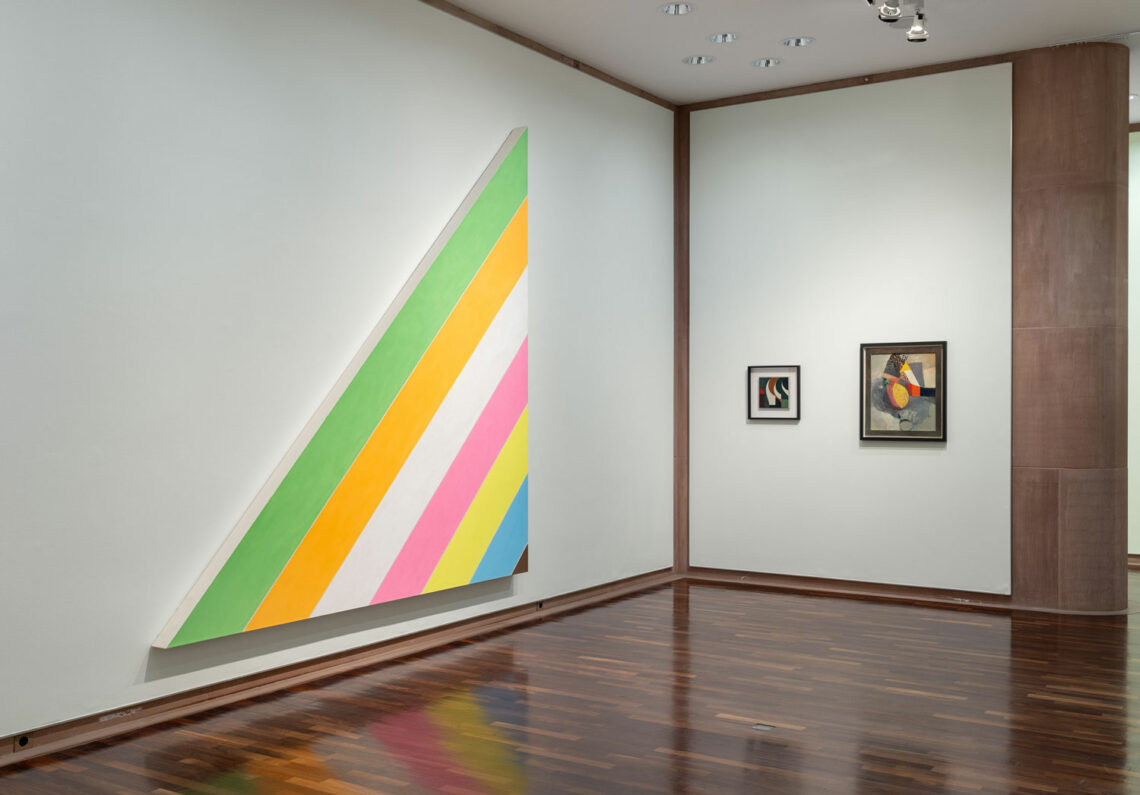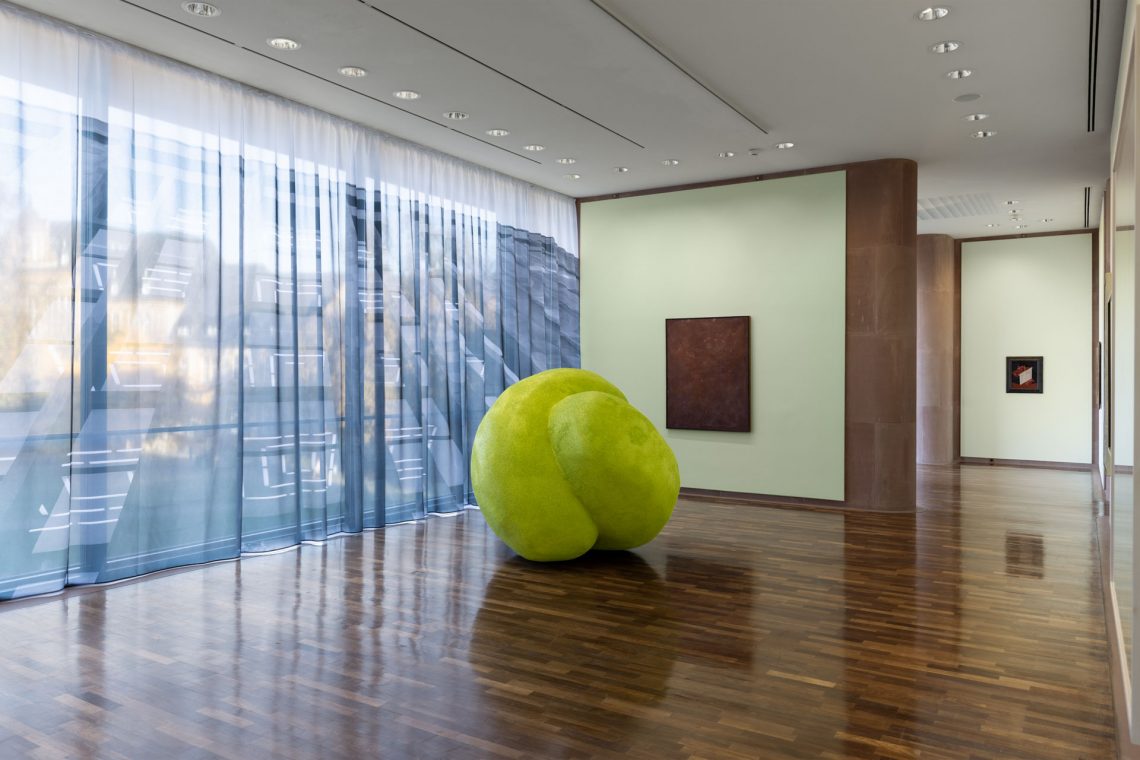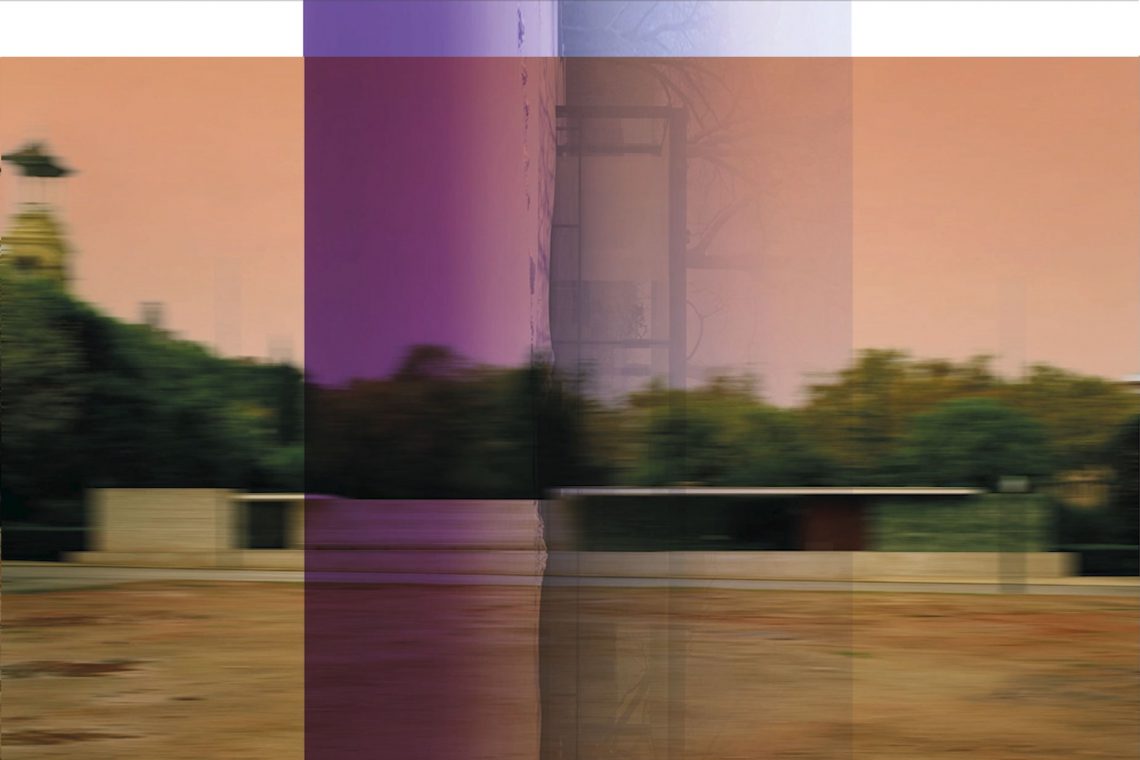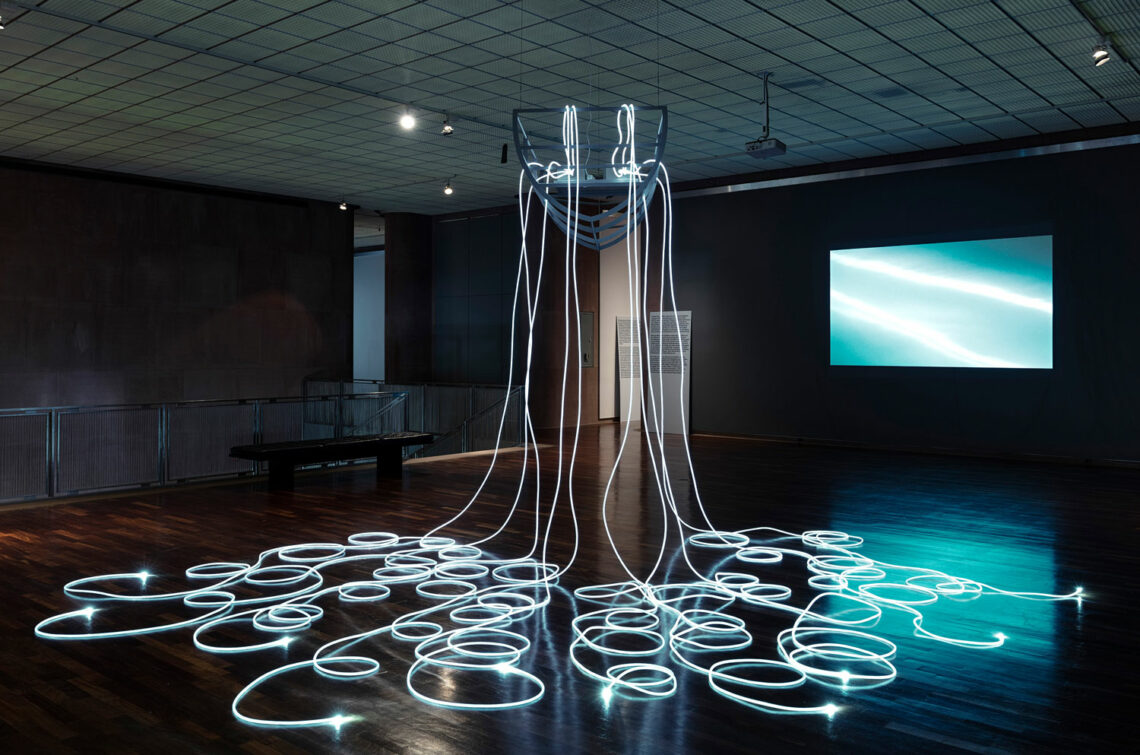Concrete and intellectual cooperation. Goshka Macuga | SFB 1288 “Practices of Comparison”
Face to Face and Side by Side #4
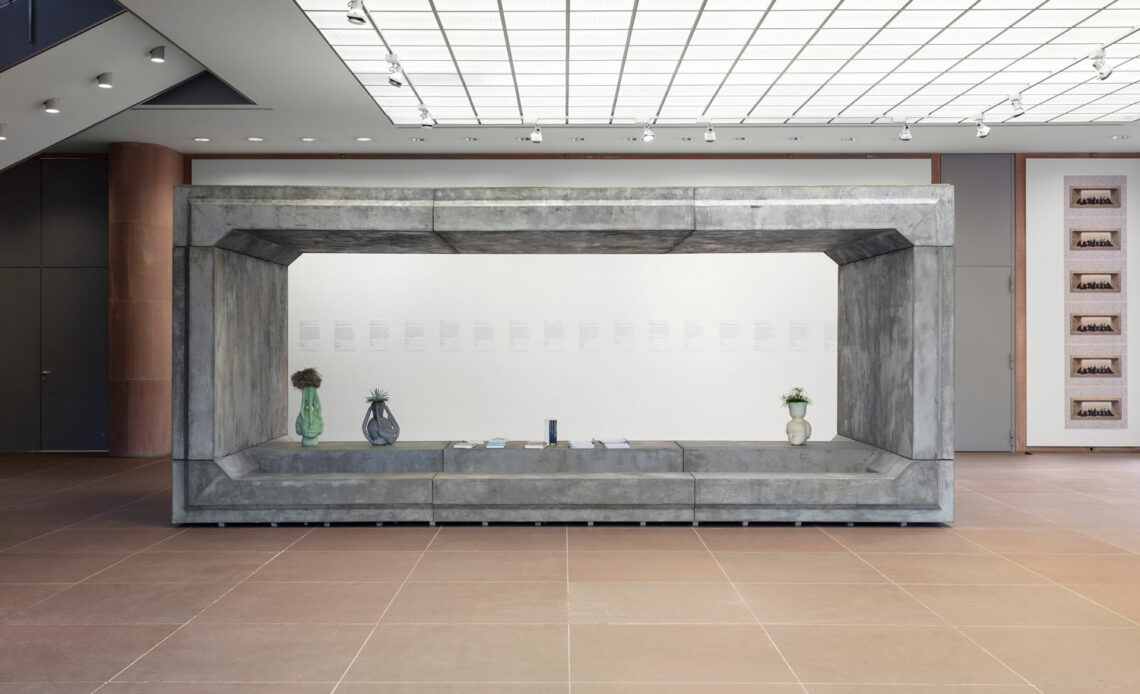
The series “Face to Face and Side by Side” focuses on a work from the collection which, in combination with another work selected especially for this purpose, brings surprising or central questions to light.
In the fourth installment of the series, Goshka Macuga’s (*1967, lives in London) “Pavilion for International Institute of Intellectual Cooperation” (2016) does not meet with another work, but with the Collaborative Research Centre 1288 “Practices of Comparison” at Bielefeld University. The pavilion became part of our collection this year through a donation. What is the significance of this encounter? The material concrete catches the eye both when visiting Bielefeld University and when encountering Macuga’s pavilion. In both cases, it forms the framework for intellectual work. Macuga uses sculptural vase shapes to bring together thinkers such as Albert Einstein and Olympe de Gouges in her installation and invites visitors to take a seat inside. Numerous researchers and students meet at the university, where the Collaborative Research Center is also based. How does concrete relate to intellectual work? The work of the Polish-British artist Goshka Macuga is often based on research, which she translates into installations, sculptures, tapestries or collages. Its pavilion refers to the history of the “International Institute for Intellectual Cooperation”, which existed in Paris from 1926 to 1946 and was the predecessor institution of UNESCO. How and in which spaces does intellectual collaboration take place? What do we expect from it then and now? The Kunsthalle Bielefeld is cooperating with researchers from the Collaborative Research Center 1288 “Practices of Comparison” in the “Face to Face and Side by Side” series. Inspired by Macuga’s work, our cooperation partner itself comes into focus.
The exhibition series is produced in cooperation with the Collaborative Research Center (SFB) 1288 “Practices of Comparison. Ordering and Changing the World” at Bielefeld University.
Gallerie


